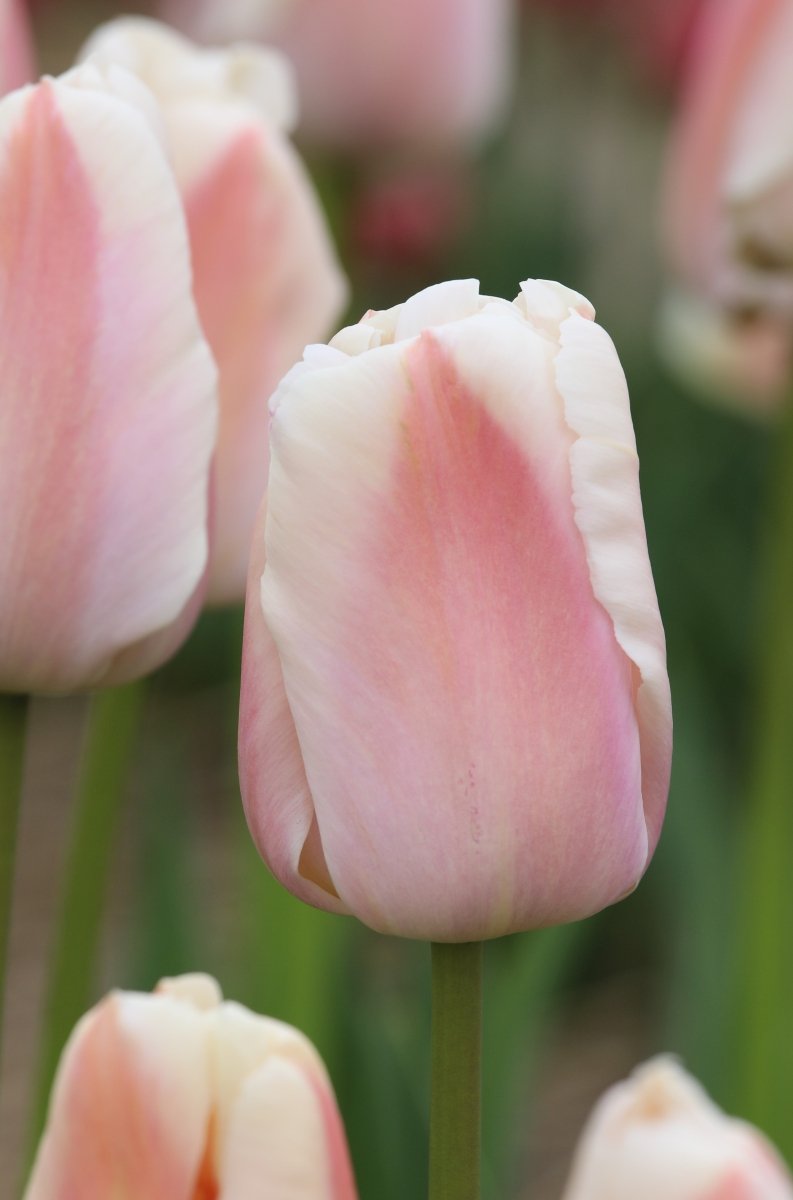
Apricot Pride
$19.95
Unit price perAbout Apricot Pride
Darwin Hybrid Tulip Apricot Pride is a stunning spring-blooming tulip that adds warmth and elegance to any garden. With its soft apricot petals and strong stems, it brings both beauty and reliability to your flower beds. These tulips are known for their large, long-lasting blooms and are perfect for borders, cut flower arrangements, or mass plantings.
-
Soft apricot color with a hint of pink and yellow tones
-
Strong, tall stems ideal for windy spots and cut flowers
-
Blooms in mid to late spring for a long-lasting display
-
Returns yearly with proper care thanks to hardy Darwin hybrid genetics
-
Blends well with pastel and bold-colored spring flowers
How to plant and take care of Darwin Hybrid Tulip Apricot Pride:
-
Plant bulbs in fall, about 6 inches deep and 4-5 inches apart
-
Choose a spot with full sun or light shade
-
Use well-draining soil to prevent bulb rot
-
Water after planting and keep soil slightly moist during growing season
-
Cut back faded flowers but leave leaves to die back naturally
-
Apply a light bulb fertilizer in early spring for stronger blooms
FAQs

